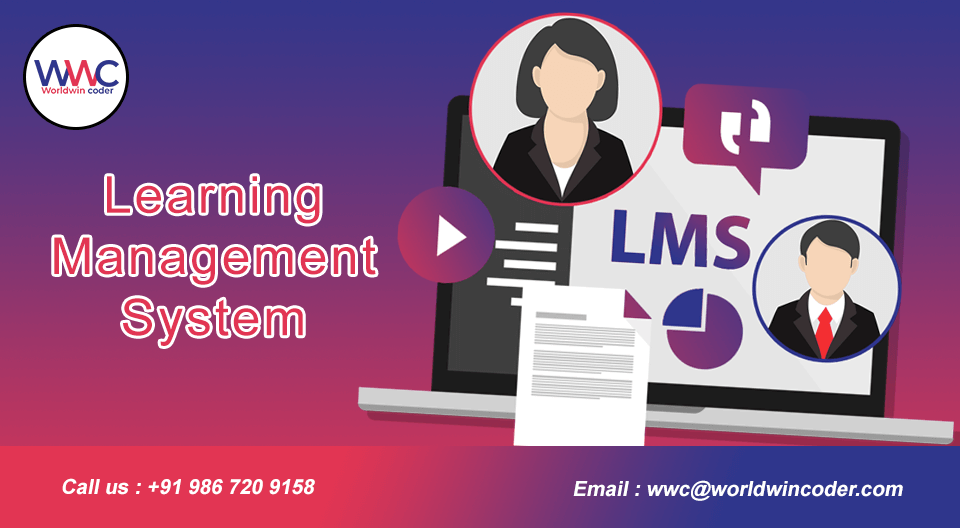
by Vishavjeet | Sep 25, 2023 | blog
In the digital age, Learning Management Systems (LMS) have revolutionized education and training. Whether you’re an educational institution, a corporation, or an individual looking to enhance your skills, selecting the best LMS system is crucial. With an abundance of options available in the market, finding the perfect fit for your specific needs can be challenging. In this extensive guide, we’ll delve deep into the world of LMS systems, dissecting what makes an LMS the best, exploring essential features, and highlighting the top LMS systems available today.
Chapter 1: The Significance of LMS Systems
Before we dive into the nitty-gritty of LMS systems, let’s understand why they hold such a vital role in modern education and training.
1.1 The Evolution of Learning
Traditional classroom setups have given way to online education, remote work, and the gig economy. Learning is no longer confined to a physical space. LMS systems facilitate this shift by offering anytime, anywhere learning.
1.2 Advantages of an LMS
- Scalability: LMS systems allow institutions and organizations to expand their training and educational programs efficiently.
- Accessibility: Learners can access course materials and resources at their convenience.
- Cost-Efficiency: LMS systems reduce the need for physical infrastructure and printed materials.
- Data Insights: They provide valuable data on learner performance for continuous improvement.
- Personalization: LMS systems tailor learning experiences to individual needs.
- Compliance: They ensure regulatory and compliance requirements are met.
Chapter 2: Key Criteria for Evaluating LMS Systems
What distinguishes the best LMS systems from the rest? Let’s explore the essential criteria that should guide your decision.
2.1 User-Friendly Interface
Intuitiveness is paramount. Users should be able to navigate the system effortlessly, access content, and track progress without encountering a steep learning curve.
2.2 Content Management
The ability to create, upload, and organize various types of content (text, videos, quizzes, etc.) is critical. Look for LMS systems that support multimedia content and offer robust content management tools.
2.3 Customization and Branding
The best LMS system allow you to customize the platform to match your branding, ensuring a seamless and consistent experience for your learners.
2.4 Mobile Compatibility
In an increasingly mobile world, your LMS system should be accessible on various devices, including smartphones and tablets, with responsive design.
2.5 Collaboration and Social Learning
LMS systems that promote collaboration through discussion forums, chat features, and social learning communities can greatly enhance the learning experience.
2.6 Assessment and Reporting
Robust assessment tools, including quizzes, assignments, and surveys, should be available. Additionally, the system should provide detailed reporting and analytics to track learner progress.
Chapter 3: Top LMS Systems in the Market
3.1 Moodle
Moodle is an open-source LMS known for its flexibility and customization options. It’s widely used in the education sector and offers a range of features for course creation, content management, and assessment.
3.2 Canvas LMS
Instructure’s Canvas LMS is highly regarded for its user-friendly interface and powerful tools. It’s popular in both education and corporate settings, offering features like video conferencing integration and mobile accessibility.
3.3 Blackboard Learn
Blackboard Learn is a long-established LMS with a strong presence in the education sector. It’s known for its comprehensive suite of tools for course design, assessment, and student engagement.
3.4 Adobe Captivate Prime
Adobe Captivate Prime is part of Adobe’s suite of eLearning tools. It’s recognized for its sleek interface and robust content creation capabilities, making it a great choice for organizations.
3.5 Docebo
Docebo is a cloud-based LMS that focuses on user-friendly design and scalability. It’s ideal for businesses looking to deliver employee training and offers advanced reporting and analytics.
Chapter 4: Choosing the Right LMS System for Your Needs
4.1 Define Your Requirements
Begin by identifying your specific needs, including the number of learners, types of content, and desired features.
4.2 Consider Budget
LMS systems vary in price, so take your budget into account and weigh it against the value the system provides.
4.3 Trial Period
Many LMS providers offer trial periods. Utilize these trials to test the platform’s suitability for your needs.
4.4 User Feedback
Research user reviews and seek feedback from peers who have experience with the LMS systems you’re considering.
Conclusion
Selecting the best LMS system for your needs is a pivotal decision that can significantly impact the success of your educational institution or organization. By understanding the key features, evaluating top LMS systems, and conducting thorough research, you can make an informed choice that aligns with your goals. Remember, the best LMS system is the one that empowers your learners and helps you achieve your desired outcomes.
In this ever-changing world, investing in a robust LMS is a step toward staying competitive and fostering continuous learning and growth. So, embark on this journey to find the best LMS system for your unique needs and unlock the potential for success in education and training. Your learners and your organization will thank you for it.
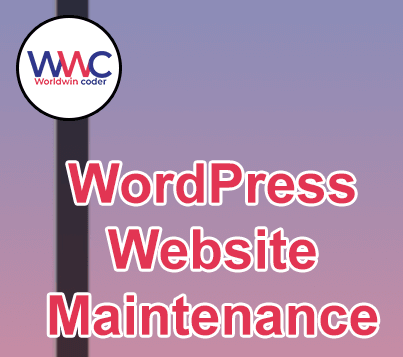
by Vishavjeet | Sep 22, 2023 | blog, WordPress
In today’s digital age, having a strong online presence is crucial for businesses and individuals alike. A well-designed and regularly updated website is often the first point of contact between you and your audience. WordPress has long been a go-to platform for creating websites due to its user-friendliness and versatility. However, managing a WordPress website can be a complex and time-consuming task, which is where WordPress management services come into play.
In this comprehensive guide, we’ll explore everything you need to know about WordPress management services, including what they are, why you need them, and how to choose the right service provider to ensure your website remains secure, up-to-date, and performing at its best.
Chapter 1: Understanding WordPress Management Services
1.1 What Are WordPress Management Services?
WordPress management services, often referred to as WordPress maintenance or WordPress support services, are professional services designed to handle all aspects of managing a WordPress website. This includes tasks such as software updates, security monitoring, performance optimization, and content updates.
1.2 Why Are WordPress Management Services Necessary?
Running a WordPress website effectively involves more than just creating content and choosing a theme. Some key reasons why WordPress management services are necessary include:
- Security: WordPress websites are susceptible to security vulnerabilities if not properly maintained. A WordPress management service can regularly update your site’s core, themes, and plugins to patch security holes.
- Performance: Slow-loading websites can deter visitors and harm your search engine rankings. A WordPress management service can optimize your website for speed, ensuring a seamless user experience.
- Downtime Prevention: Regular maintenance can prevent unexpected downtime, ensuring that your website is available to visitors 24/7.
- Content Updates: Keeping your content fresh and up-to-date is essential for retaining and attracting visitors. WordPress management services can assist in adding, editing, or removing content as needed.
Chapter 2: Services Offered by WordPress Management Providers
2.1 Core Updates
WordPress regularly releases updates to improve functionality and security. A WordPress management service ensures that your website’s core software is always up to date.
2.2 Plugin and Theme Updates
Outdated plugins and themes can pose security risks. Management services update and monitor these elements to ensure compatibility and security.
2.3 Security Monitoring
WordPress management services implement security measures to protect your website from hacking attempts, malware, and other threats. They also conduct regular security audits.
2.4 Backups
Data loss can be devastating. WordPress management providers regularly back up your website, ensuring that your data is safe and recoverable in case of emergencies.
2.5 Performance Optimization
A slow website can lead to high bounce rates. Management services optimize your site for speed, enhancing user experience and search engine rankings.
2.6 Content Management
WordPress management services assist in adding, editing, and organizing your website’s content to keep it fresh and engaging.
2.7 Troubleshooting and Support
When issues arise, you can rely on your management service for prompt troubleshooting and technical support.
Chapter 3: Choosing the Right WordPress Management Service
3.1 Assessing Your Needs
Identify your specific requirements, such as the frequency of updates, the level of security needed, and the volume of content changes. Tailor your choice accordingly.
3.2 Reputation and Reviews
Research potential service providers thoroughly. Look for customer reviews, testimonials, and case studies to gauge their reputation and reliability.
3.3 Pricing and Plans
Consider your budget and compare pricing structures among different providers. Be wary of services that seem too good to be true; quality WordPress management services often come at a reasonable cost.
3.4 Support and Communication
Communication is key. Ensure the service provider offers responsive support channels, such as email, chat, or phone, to address your concerns and issues promptly.
3.5 Experience and Expertise
Choose a provider with a proven track record in WordPress management. An experienced team is more likely to handle complex issues effectively.
Chapter 4: DIY vs. Professional WordPress Management
4.1 The DIY Approach
Some website owners opt for a do-it-yourself (DIY) approach to WordPress management. While this can save money, it requires a steep learning curve and consumes valuable time.
4.2 Professional WordPress Management
Professional WordPress management services offer expertise, reliability, and peace of mind. By outsourcing these tasks, you can focus on what you do best—growing your business or creating content.
Chapter 5: Conclusion
In conclusion, managing a WordPress website can be a challenging endeavor, but it’s essential for maintaining a strong online presence. WordPress management services provide the expertise and support needed to ensure your website remains secure, up-to-date, and optimized for performance. By choosing the right service provider and understanding your specific needs, you can take your website to the next level, leaving you free to focus on your core objectives.
Investing in a WordPress management service is not just an expense; it’s an investment in the success and longevity of your online presence. Don’t wait until issues arise—start exploring your options today and give your WordPress website the care it deserves.
This comprehensive guide has covered the essentials of WordPress management services, from what they are and why they are essential to how to choose the right provider. Armed with this knowledge, you can make informed decisions to ensure your WordPress website thrives in the ever-evolving digital landscape.
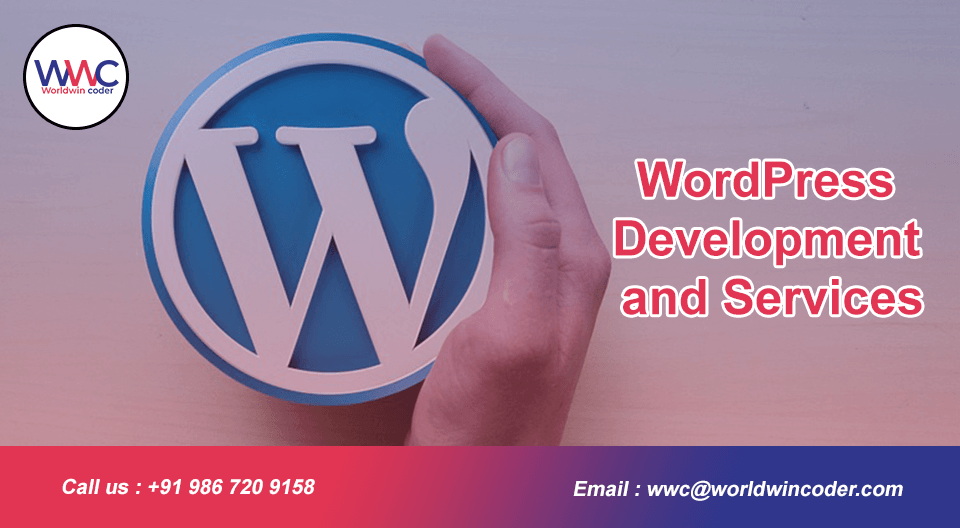
by Vishavjeet | Sep 20, 2023 | blog, WordPress
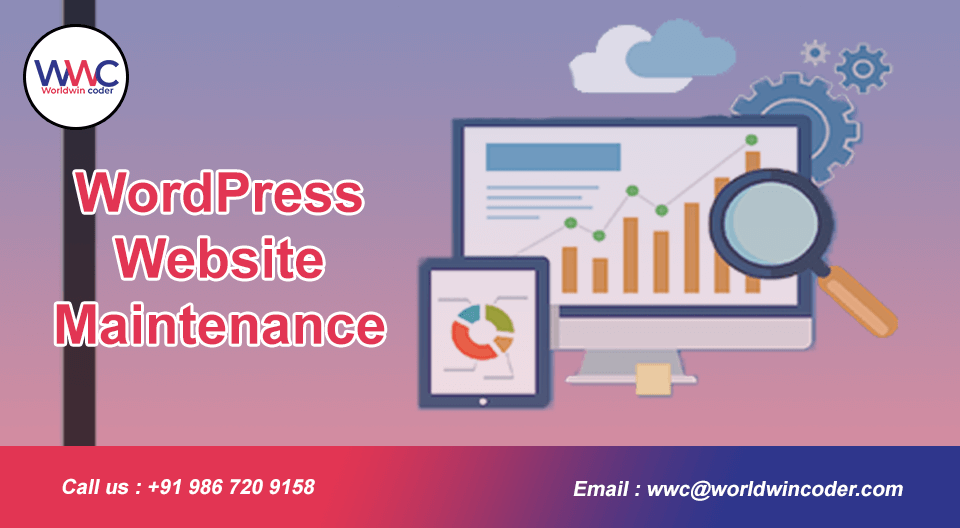
by Vishavjeet | Sep 18, 2023 | blog
In today’s fast-paced digital world, the speed at which your web pages load can make or break your online presence. Slow-loading websites can frustrate visitors and deter them from staying on your site, leading to decreased user engagement and potential revenue loss. Fortunately, there are various techniques and tools available to enhance your website’s loading speed, and one such tool is jQuery for Loading Page with JQuery.
jQuery is a popular JavaScript library that simplifies the process of adding interactivity and functionality to websites. In this comprehensive guide, we’ll explore how to leverage jQuery to optimize your website’s page loading speed, ensuring a smooth and efficient user experience.
Understanding Page Loading Speed
Before delving into how jQuery can help improve page loading speed, it’s essential to understand what pages loading speed is and why it matters. Page loading speed refers to the time it takes for a web page to fully load and become interactive for the user. Studies have shown that users expect web pages to load in less than two seconds, and any delay beyond that can result in a higher bounce rate.
Introduction to jQuery
In this chapter, we’ll provide an introduction to jQuery, explaining what it is, how it works, and why it’s a valuable tool for web developers. We’ll also cover the basics of including jQuery in your web project and understanding its syntax.
Benefits of Using jQuery for Page Loading
Explore the numerous advantages of using jQuery for pages loading, including its cross-browser compatibility, ease of use, and extensive community support. Learn why jQuery is a preferred choice for enhancing website performance.
Loading Page Elements with jQuery
This chapter will delve into the practical aspects of using jQuery to load page elements efficiently. We’ll discuss techniques for lazy loading images and asynchronously loading scripts to prevent them from blocking page rendering.
Implementing Smooth Page Transitions
Discover how jQuery can be used to create smooth page transitions that not only improve the user experience but also contribute to a seamless loading process. We’ll cover various transition effects and provide code examples for implementation.
Enhancing User Experience with jQuery Plugins
Explore a range of jQuery plugins that can further enhance user experience on your website. We’ll discuss plugins for image sliders, carousels, lightboxes, and more, along with guidance on integration and customization.
Measuring and Analyzing Page Loading Speed
Learn how to accurately measure and analyze your website’s page loading speed using tools like Google PageSpeed Insights and GTmetrix. We’ll also discuss the key performance metrics you should focus on.
Best Practices for Page Loading with jQuery
Discover best practices for optimizing pages loading with jQuery, including minifying and compressing scripts, leveraging content delivery networks (CDNs), and implementing browser caching.
Case Studies: Real-World Examples
Explore real-world case studies where websites have successfully improved their pages loading speed using jQuery. These examples will provide practical insights into the benefits of implementing jQuery for page loading optimization.
Conclusion
Sum up the key takeaways from this comprehensive guide and emphasize the importance of utilizing jQuery to enhance your website’s pages loading speed. Encourage readers to apply the knowledge gained to their own web projects for improved user experiences and business outcomes.
In the digital age, user experience is paramount, and page loading speed plays a critical role in ensuring a positive experience for your website visitors. jQuery offers a powerful set of tools and techniques to optimize page loading speed and create a smoother, more engaging user experience. By implementing the strategies outlined in this guide, you can harness the full potential of jQuery to load your web pages efficiently and keep your audience engaged. Stay ahead of the competition, and start improving your website’s page loading speed with jQuery today!
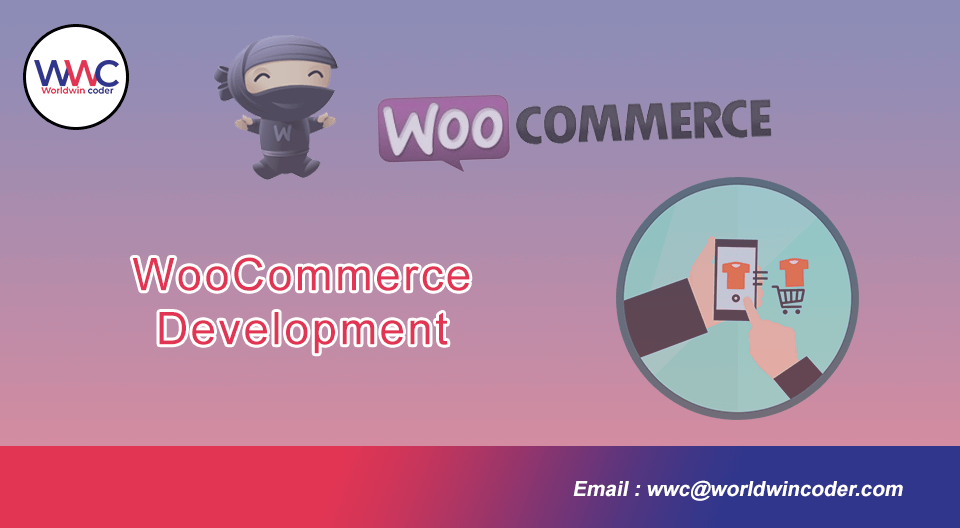
by Vishavjeet | Sep 15, 2023 | blog
Chapter 1: Understanding WooCommerce and Square
What is WooCommerce? WooCommerce is a versatile, open-source e-commerce plugin built for WordPress, the most popular content management system globally. It empowers businesses to create and manage online stores with ease. WooCommerce offers features such as product management, shopping cart functionality, and payment processing, making it a popular choice for businesses of all sizes.
What is Square? Square, on the other hand, is a comprehensive financial services and payment processing company. It provides solutions for both online and offline businesses, with a focus on simplicity and ease of use. Square’s ecosystem includes hardware like point-of-sale (POS) systems, payment processing services, and tools for online businesses, making it a favorite among small to medium-sized enterprises.
The Power of Integration The integration of WooCommerce Square brings together the best of both worlds. It allows you to harness the e-commerce capabilities of WooCommerce while benefiting from Square’s secure and user-friendly payment processing. This powerful synergy streamlines your online store’s operations and enhances the customer experience.
Chapter 2: Setting Up WooCommerce
Installation and Basic Configuration Before you can integrate WooCommerce with Square, you need to set up WooCommerce on your WordPress website:
- Log in to your WordPress admin panel.
- Navigate to the “Plugins” section and click “Add New.”
- Search for “WooCommerce.”
- Click “Install Now” and then “Activate” to enable WooCommerce on your site.
Once WooCommerce is active, proceed with the initial configuration, which involves setting your store’s location, currency, and payment options through the “Setup Wizard.”
Choosing a Payment Gateway In the setup process, you’ll need to choose a payment gateway. While WooCommerce offers multiple options, you’ll eventually integrate it with Square:
- Navigate to the “Payments” tab in the WooCommerce settings.
- Locate “Square” in the list of available payment methods and click “Set up.”
- Follow the on-screen instructions to connect your WooCommerce store to your Square account.
Chapter 3: Getting Started with Square
Creating a Square Account If you don’t already have a Square account, you’ll need to create one to proceed with the integration:
- Visit the Square website at squareup.com and click on “Sign Up.”
- Follow the registration process, providing the necessary information about your business.
- Once your Square account is created, you can proceed with configuring it for e-commerce transactions.
Square for E-commerce Square offers specific features and settings tailored for online businesses. Here’s how to set up Square for e-commerce:
- Log in to your Square account.
- Access the “Online Dashboard.”
- Navigate to the “Online Checkout” or “E-commerce” section, depending on the terminology used by Square.
- Configure your online store settings, including your store name, logo, and product categories.
- Set up shipping options and define tax rates applicable to your online sales.
- Customize the appearance of your online checkout page to align it with your brand identity.
With Square configured for e-commerce, you’re ready to link your Square account with WooCommerce.
Chapter 4: Integrating WooCommerce with Square
Installing the Square for WooCommerce Plugin Square offers an official WooCommerce plugin designed to simplify the integration process:
- In your WordPress dashboard, go to “Plugins” and click “Add New.”
- Search for “WooCommerce Square” in the plugin repository.
- Install and activate the “WooCommerce Square” plugin.
Configuring the Plugin After installing the plugin, you’ll need to configure the Square for WooCommerce plugin to ensure seamless operation:
- In your WordPress dashboard, go to “WooCommerce” and click “Settings.”
- Access the “Payments” tab and select “Square.”
- Click “Manage” to configure the settings for the Square integration.
- Follow the on-screen instructions to connect your WooCommerce store to your Square account. This usually involves signing in to your Square account and granting the necessary permissions.
Chapter 5: Accepting Payments with Square
Secure Payment Processing Once your Square integration is set up, your WooCommerce store can start accepting payments through Square. Here’s how it works:
- A customer adds products to their cart and proceeds to checkout on your WooCommerce site.
- At checkout, they select Square as the payment method.
- The customer is redirected to Square’s secure payment processing page, where they can enter their payment information.
- After completing the payment, the customer is redirected back to your WooCommerce site, and the order is confirmed.
Managing Refunds and Returns Refunds and returns are common aspects of e-commerce. With the Square for WooCommerce integration, managing these transactions becomes more straightforward:
- In your WooCommerce dashboard, go to “Orders.”
- Locate the order for which a refund or return is requested.
- Click on the order to view its details.
- Use the “Refund” or “Return” option to process the transaction. Square will handle the refund or return, and the status will be updated in your WooCommerce order list.
Chapter 6: Synchronizing Inventory and Products
Streamlining Inventory Management Effective inventory management is crucial to prevent overselling and maintain accurate product availability. With WooCommerce and Square integrated, you can efficiently manage your inventory:
- When a product is sold on your WooCommerce site, inventory levels are automatically updated in both platforms.
- Set up low-stock alerts to receive notifications when product quantities reach a specified threshold, enabling timely restocking.
Updating Product Information Consistency in product information, including prices, descriptions, and images, is vital to provide a seamless shopping experience:
- Update product information in WooCommerce, and changes will be synchronized with Square.
- Ensure that product images and descriptions accurately represent your offerings.
Chapter 7: Customizing the Checkout Experience
Designing a User-Friendly Checkout Page The checkout experience plays a pivotal role in converting visitors into customers. With WooCommerce and Square, you have the flexibility to design a user-friendly checkout page that aligns with your brand and provides a seamless experience for shoppers:
- Customize the checkout page’s appearance to match your website’s design and branding.
- Offer guest checkout options to streamline the purchase process for first-time customers.
- Implement a clear and intuitive checkout flow with minimal steps, reducing cart abandonment rates.
Offering Multiple Payment Options While Square is your primary payment gateway, it’s essential to provide customers with alternative payment methods to accommodate their preferences:
- Include options like credit/debit cards, digital wallets (e.g., Apple Pay, Google Pay), and alternative payment methods (e.g., PayPal).
- Consider offering financing options through Square Installments to make larger purchases more accessible to customers.
Chapter 8: Leveraging Analytics and Reporting
Tracking Sales and Revenue Understanding your store’s sales and revenue is essential for making informed decisions and optimizing your e-commerce strategy:
- Utilize the reporting features provided by both WooCommerce and Square to track sales, revenue, and order data.
- Monitor sales trends to identify peak periods and adjust your marketing and inventory strategies accordingly.
Analyzing Customer Behavior Knowing how customers interact with your online store can help you tailor your marketing efforts and improve the overall shopping experience:
- Analyze customer data to identify common browsing paths, popular products, and customer demographics.
- Use this information to create targeted marketing campaigns and personalized recommendations.
Chapter 9: Troubleshooting Common Issues
Dealing with Payment Failures While Square is known for its reliability, occasional payment failures can occur. Here’s how to handle them:
- Check for issues such as expired credit cards or insufficient funds on the customer’s end.
- Ensure that your WooCommerce and Square plugins are up to date, as outdated software can lead to payment processing problems.
- If payment failures persist, reach out to Square’s customer support for assistance.
Resolving Syncing Problems Synchronization issues between WooCommerce and Square can disrupt your operations. Here’s how to address them:
- Check your internet connection and ensure that both platforms are online.
- Verify that you’ve correctly configured the Square for WooCommerce plugin and that your Square account is in good standing.
- If syncing problems persist, reach out to WooCommerce’s support team for guidance.
Chapter 10: Tips for Maximizing Your Integration
Marketing and Promotions Use the data and insights gathered from your WooCommerce and Square integration to create targeted marketing campaigns. Offer promotions, discounts, and loyalty programs to attract and retain customers.
Streamlining Order Management Implement efficient order management processes to fulfill orders promptly. Utilize features like order tracking and notifications to keep customers informed about their orders’ status.
Expanding Your Reach Consider expanding your online presence by selling on multiple channels, such as social media platforms and marketplaces like Amazon and eBay. Integrating Square with these platforms can help you reach a broader audience.
Chapter 11: Conclusion – Revolutionize Your E-commerce Business
The integration of WooCommerce and Square is a game-changer for e-commerce businesses. It combines the flexibility and power of WooCommerce with the simplicity and security of Square’s payment processing. By following the steps outlined in this article and implementing the tips provided, you can revolutionize your e-commerce business, streamline your operations, and provide an exceptional shopping experience for your customers. Stay ahead in the competitive e-commerce landscape by embracing this powerful integration and unlocking new possibilities for your online store’s success.





